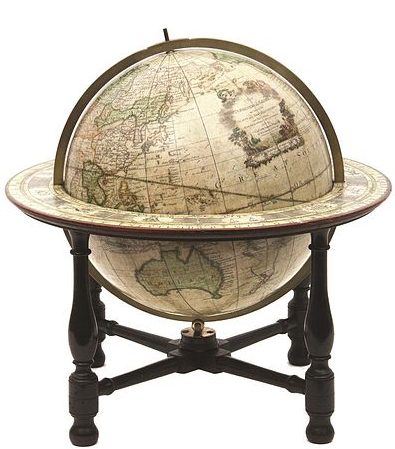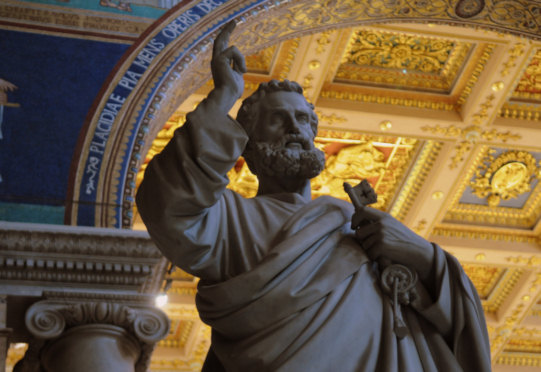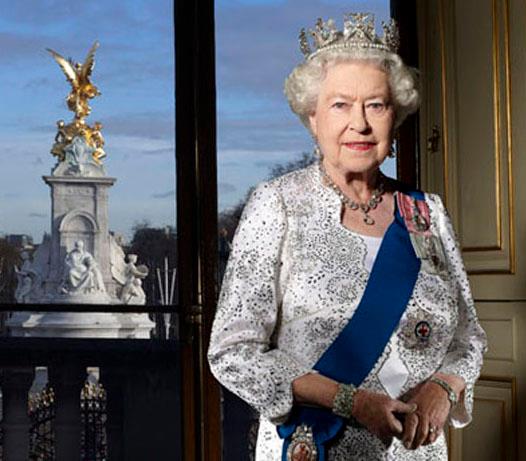The Blessed Sacrament and the Apostolate in the Modern World
A
monstrance which was at the National Eucharistic Congress of 1942 in
São Paulo, Brazil. On display at the Museum of Sacred Art of São Paulo.
Defining concepts: “world” and “modern”The theme I was asked to speak about —“The Blessed Sacrament and the Apostolate in the Modern World”— is rich in ideas. It contains four nouns, four concepts, each of them important, but very unequal in precision and clarity.
For if it is true that the concept of the “Blessed Sacrament” is precise, if it is true that the concept of “apostolate” is precise, the concept of “world” is already less so, and the most problematic, the trickiest of all, is the concept of “modern.” What do we understand by world? And what should we understand by “modern” world?
The Gospel speaks of the “world.” Our Lord refused to pray for it, but the Apostles received the mission to preach the Gospel to all peoples, and this means to evangelize the whole world. What then does “world” mean?
In common usage, “world” means earth, the planet we live on; it means mankind; and it means a specific society of men in temporal society, which is distinguished, in this sense, from the Church. In another sense, it is a kind of “kingdom of darkness” of the devil. It is not temporal society per se, but evil, the evil of which Satan is the prince. In this sense, Satan is the prince of this world.

The modern world: What does the word “modern” mean? Historians and sociologists are giving a growing importance today to the study of words, even words of everyday usage which express states of soul, thoughts, and ideas. When the complete history of our stormy 20th century is written, a special chapter will have to be dedicated to the study of this seducing, viscous word “modern,” which has various and almost contradictory meanings.
First meaning: everything which pertains to today, both the “advanced” and the traditional
In one sense, “modern world” is the world of today, as distinguished from the world of yesterday. Thus, we can say that the modern world does not consist solely of modern things. For the entire past of mankind, to the degree in which it lives on today—and every era lives in part, from its past—forms part of the modern world. And at the same time we see some rays of the super-new and super-atomic era that loom on the horizon, we can contemplate faraway glimmers of the beginnings of civilization, which still shine, still exist, and still live.
The present instant, the modern instant, this instant in which I am speaking to you, is made up of heterogeneous elements, from reviviscences and permanencies to the most remote future —of course the remote future, since the future also makes up somehow the modern world. A man’s outlook on life is not only the panorama before immediately before him, but also the set of perspectives, projects, and possibilities he carries in his soul.
And so we see the modern world with its many contradictory aspects. How many glorious things remain from this our past — which many consider as the opposite of the word “modern.” We retain, above all, something which is more than the past, more than the present, and more than the future, for it is divine: the Holy, Roman, Catholic, and Apostolic Church.
Modernity of the Church – Nearly 2,000 years old, the Church is an old institution. Yet it is the youthful and most promising of the institutions of the modern world. In this civilization, which appears to totter and to be headed to destruction, in this civilization where so much is dying and which nevertheless promises unending youth, stands the Catholic Church, modern in all times. The Church was modern when She was born from the Divine side of Our Lord Jesus Christ; She will be modern again when, in the last moments of history the powers of heaven are disturbed, and terrified man awaits looking up at the heavens for the coming of the Son of Man to judge them in power and majesty. Even then, the Holy, Roman, Catholic, and Apostolic Church will still be the most perennial of institutions.

Modernity of traditional things – We can also call “modern” in this sense so many ceremonies and rituals that come to us from the past. Is today’s England not a modern England? Did this modern England not celebrate recently, with magnificent medieval ceremonial, the pomp and pageantry of its traditional monarchy, giving to the world an example of the veneration it has for its past? Even though the British royalty seems to come straight out of the illuminations of a medieval book, is it not modern? And, side by side with so much glory, so much beauty from the past, how much rubbish which, sad to say, still marks, still influences the world today. It is one of the characteristics of the modern world.

For example, is there anything that comes from a more remote past, is there anything that is closer to man’s pre-history than voodoo? Even though voodoo’s roots sink down to our pre-history—searching for voodoo’s roots, our eyes look over the ocean to Africa—nevertheless, who would dare deny that voodoo and superstitions that date back to our old colonial Brazil are things that from a certain perspective are modern? Just yesterday, returning to São Paulo—perhaps the most modern city in all of South America, the fastest-growing city in the world, a city of cement and sky-scrapers—I was pained seeing a voodoo scene late at night on a busy street corner, with candles burning, and some people waiting around for the results of their presumably ill-intentioned witchcraft. Is this not an aspect of the modern world? Thus, as can be seen, the word “modern” takes on different connotations, which makes it difficult to define.

